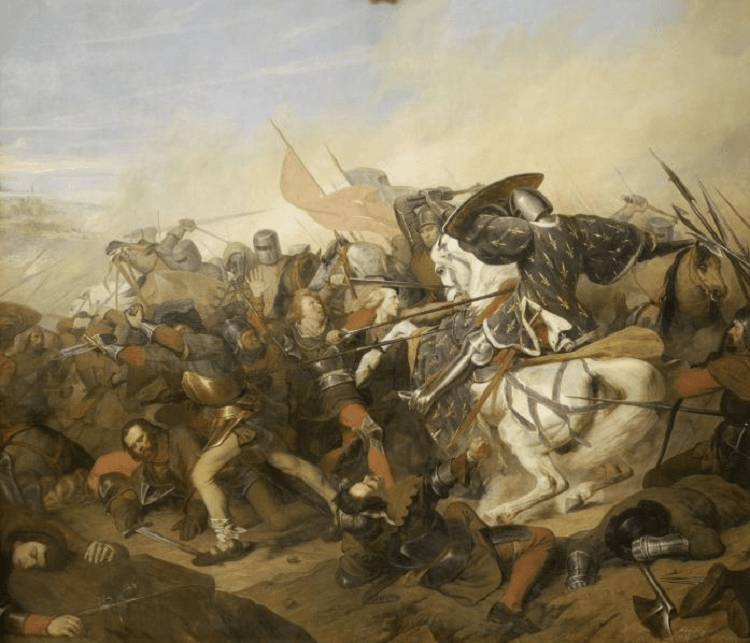
ADVERTISEMENT - CONTINUE READING BELOW
14. The Middle Ages’ Most Violent Insurrection
Between 1323 – 1328, the peasants and burghers of Flanders rose up in revolt. Their new ruler Count Louis I had hit them with heavy new taxes and adopted unpopular pro-French policies, detrimental to Flemish, whose economy revolved around trade with England. It was a violent class protest by peasants who had hitherto enjoyed self-government, a privileged form of land tenancy, and legal protections against aristocratic abuses, all of which they sensed were now under threat. The peasants allied with the cities’ burghers, whose struggle to keep and expand their hard-won liberties was threatened by Flanders’ count and his ally, the king of France. It began with scattered rural riots in 1323, with peasants refusing to pay taxes after a poor harvest. Soon, the rioters coalesced into larger bands, led by prosperous farmers, local gentry, and the mayor of Bruges. The Count was forced to negotiate peace in 1324.
The rebels returned to the warpath, however, following the murder of a commoner by a knight, and Count Louis’ arrest of six Bruges burghers. The count was captured and brought to Bruges, where several of his leading adherents were executed in 1325. After negotiations, combined with pressure from the king of France, the count was released in 1326, and a peace treaty was ratified soon thereafter. When insurrection broke anew in 1328, following the French king’s death, the Count of Flanders called upon the new king, Phillip VI, for military aid. A French military expedition was organized, which defeated the rebels at the Battle of Cassel later that year. Taking hostages for the Flemish burghers’ good behavior, Philip VI returned to France, where he executed the mayor of Bruges. Back in Flanders, Count Louis set about punishing the defeated rebels and stamping down the last embers of resistance.

